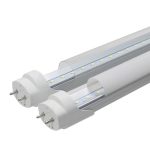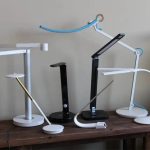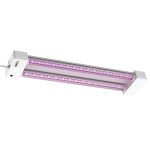Sleep Better with the Best LED Light Colors: Expert Recommendations
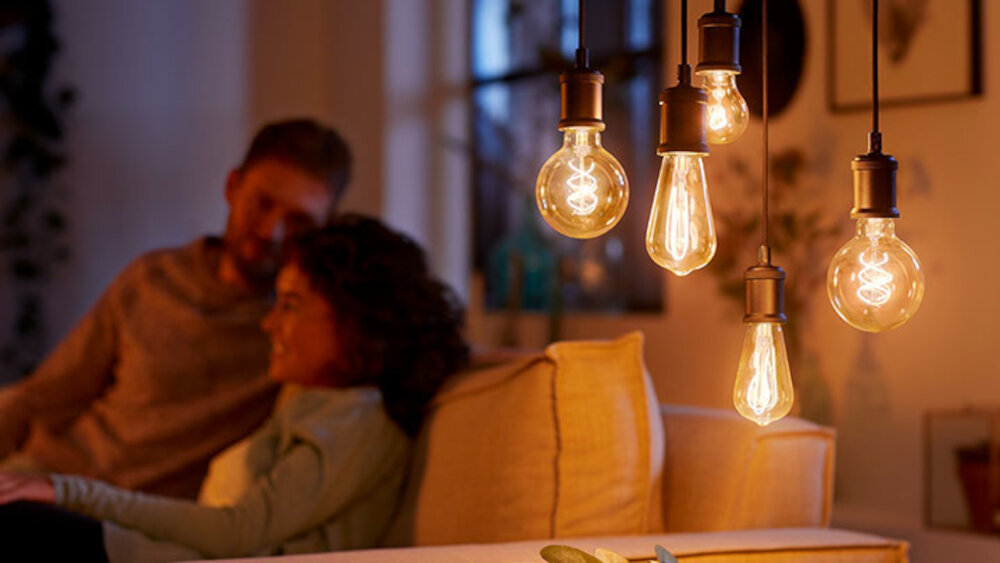
In today’s fast-paced world, getting a good night’s sleep has become a luxury for many people. With stress, anxiety, and technology constantly vying for our attention, it can be challenging to tune out and get some quality rest. However, what if we told you that something as simple as the color of your bedroom lighting could be the key to a better night’s sleep? That’s right – recent studies have shown that certain LED light colors can positively impact your sleep quality and help you wake up feeling refreshed and energized. LED lights have been gaining popularity in recent years for their energy efficiency and versatility in design. However, not many people know that these lights can also be used to improve sleep quality. It’s all about choosing the right color temperature. From warm yellows to cool blues, the color of your LED lights can significantly affect your circadian rhythm, which is responsible for regulating your sleep-wake cycle. In this article, we’ll be discussing the best LED light colors for better sleep, based on expert recommendations and scientific research. So, whether you’re a restless sleeper or just looking to optimize your sleep quality, read on to discover how LED lights can help you achieve a good night’s rest.
Sleep is an essential part of our daily routine, as it allows the body to rest and recover. Lack of sleep can lead to various health problems, including obesity, diabetes, and heart disease. Light plays a crucial role in regulating our sleep-wake cycle, also known as the circadian rhythm. Exposure to natural light during the day helps keep our internal clock in sync, while exposure to artificial light at night can disrupt it. The blue light emitted by electronic devices, LED lights, and fluorescent bulbs can interfere with the production of melatonin, a hormone that regulates sleep. Therefore, it is crucial to choose the right LED light colors that promote relaxation and sleep, such as warm tones, and avoid blue light in the evening.
LED lights can improve sleep in several ways. Firstly, they emit less blue light than traditional fluorescent or incandescent bulbs, which can disrupt the body’s natural production of melatonin, a hormone that regulates sleep. This can help individuals fall asleep faster and stay asleep longer. Additionally, LED lights can be programmed to emit warmer, more relaxing colors in the evening, mimicking the natural warm hues of sunset and promoting relaxation. Conversely, they can emit brighter, cooler colors in the morning to mimic the energizing effects of sunrise and promote wakefulness. By using LED lights in a smart and strategic way, individuals can create a sleep-friendly environment that supports their natural sleep-wake cycle and improves their overall sleep quality.
Understanding the Science of Light and Sleep
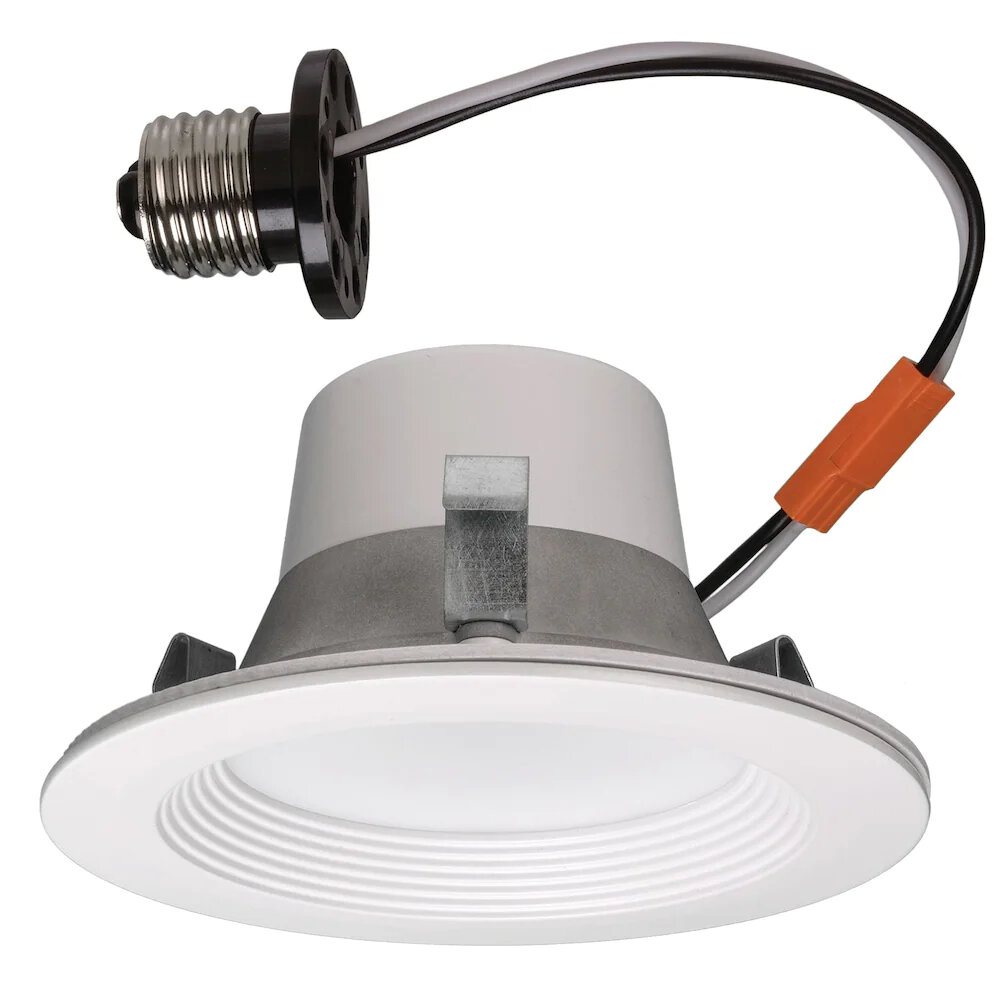
Light plays a vital role in regulating our circadian rhythm, the internal biological clock that helps us sleep and wake up at the right times. The science of light and sleep is complex, but it can be simplified by understanding the two primary hormones involved: melatonin and cortisol. Melatonin, commonly known as the sleep hormone, is released by the brain in the absence of light, helping us feel drowsy and fall asleep. On the other hand, cortisol, also known as the stress hormone, is produced when we wake up and is responsible for keeping us alert and focused throughout the day. The right type of light at the right time can help regulate these hormones and improve our sleep quality. LED light colors are an effective way to manipulate our circadian rhythm and improve our sleep quality. Blue light, which is commonly emitted by electronic devices and energy-efficient light bulbs, has been found to interfere with our melatonin production, making it difficult to fall asleep. In contrast, warmer colors like red, orange, and yellow have been shown to promote melatonin production and help us feel more relaxed before bedtime. By choosing the right LED light color for different times of the day, we can help regulate our hormones and promote a better sleep-wake cycle.
The circadian rhythm refers to the internal biological clock that regulates the sleep-wake cycle of humans and animals. This 24-hour cycle is influenced by various factors, with light being the most significant one. Light exposure, particularly the blue light spectrum, suppresses the secretion of melatonin, a hormone that promotes sleepiness, while increasing alertness and cognitive performance. On the other hand, exposure to red or warm light at night can facilitate the production of melatonin, promoting a better sleep quality. With the advent of LED lighting technology, it is now possible to regulate the intensity, color, and spectrum of light, allowing us to optimize our circadian rhythm and promote better sleep hygiene.
The colors of light can have a significant impact on our sleep quality. Blue light, commonly emitted by electronic devices, can suppress the production of melatonin, the hormone that regulates the sleep-wake cycle. Therefore, exposure to blue light before bedtime can make it harder to fall asleep and negatively affect the quality of sleep. On the other hand, warm colors like red, orange, and yellow have a calming effect on the mind and body, promoting relaxation and sleep. These colors are ideal for creating a cozy and inviting atmosphere in the bedroom. Additionally, green light has been found to have a positive impact on sleep, as it helps to promote feelings of relaxation and calmness. So, when it comes to choosing LED light colors for your bedroom, it’s best to steer clear of blue light and opt for warm or green tones instead.
Melatonin is a hormone that plays a crucial role in regulating our sleep-wake cycle. It is produced by the pineal gland in the brain, and its production is stimulated by darkness and suppressed by light. This means that exposure to light, particularly blue light, can disrupt the natural production of melatonin, making it harder to fall asleep and stay asleep. LED lights, which emit blue light, can be particularly problematic in this regard. However, there are ways to mitigate the effects of blue light exposure, such as using warmer LED light colors or wearing blue light blocking glasses in the evening. By understanding the role of melatonin in sleep and how light can impact its production, we can make informed decisions about our lighting choices and improve our overall sleep quality.
Best LED Light Colors for Better Sleep
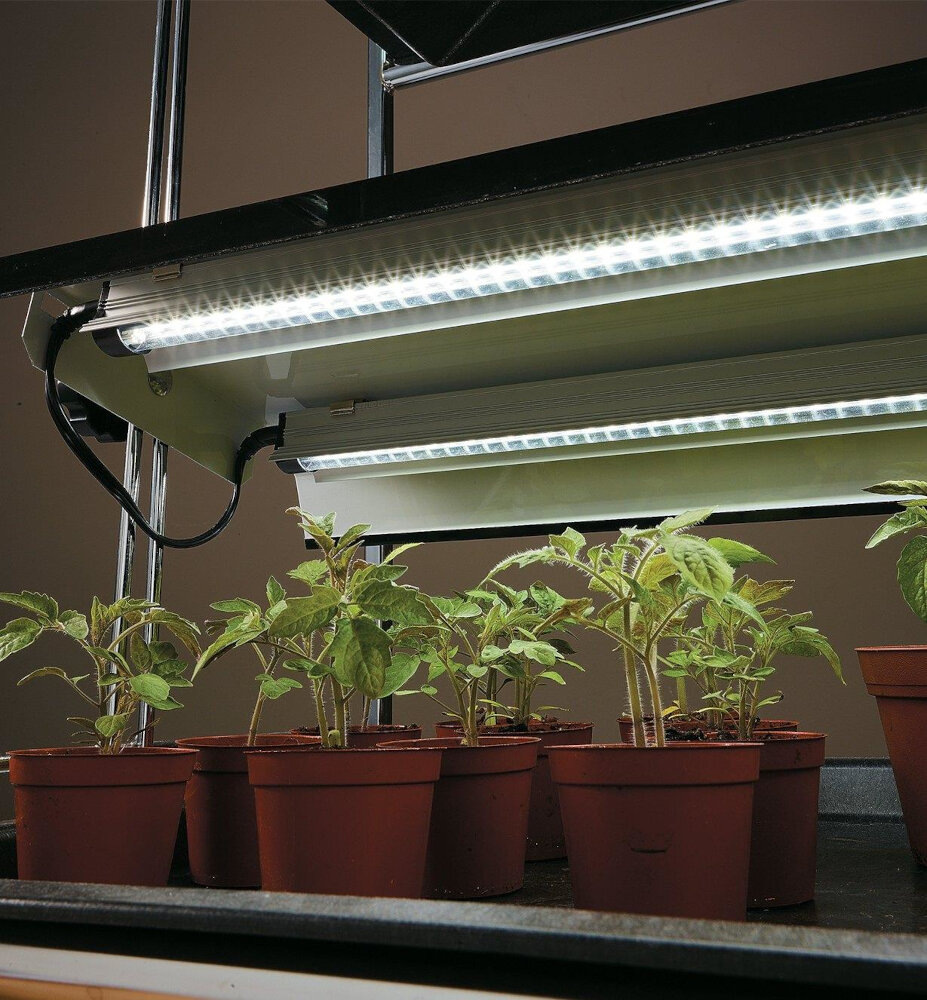
Getting a good night’s sleep is essential for our overall health and well-being. One factor that can affect the quality of our sleep is the type of lighting we use in our bedrooms. LED lights are the most energy-efficient and long-lasting lighting option available today. However, the color of the LED light can have a significant impact on our sleep quality. Some colors can stimulate the brain and make it harder to fall asleep, while others can promote relaxation and deeper sleep. The best LED light colors for better sleep are warm white, amber, and red. Warm white LED lights have a color temperature of around 2,700K to 3,000K. This color temperature mimics the warm glow of the sun, which helps to regulate our circadian rhythm. Exposure to warm white light in the evening can signal to our brain that it’s time to wind down and prepare for sleep. Amber LED lights have a color temperature of around 1,800K to 2,200K. This warm, soothing color can help to promote relaxation and reduce stress levels. Amber light is also less likely to suppress the production of melatonin, the hormone that regulates our sleep-wake cycle. Red LED lights have a color temperature of around 1,000K to 2,000K. This deep, rich color can help to create a relaxing and cozy atmosphere in the bedroom. Red light is also less likely to disrupt our natural sleep patterns and can promote a deeper, more restful sleep.
Based on scientific research, the best colors of LED light for sleep are those that mimic the natural sunset. Warm colors such as orange, yellow, and red have been proven to have a calming effect on the body and mind, making it easier to fall asleep and stay asleep throughout the night. Additionally, blue light has been found to disrupt the body’s natural circadian rhythm, making it harder to fall asleep and stay asleep. Therefore, it’s recommended to avoid blue and cool-toned LED lights in the bedroom, especially before bedtime. Instead, opt for warm and dimmed LED lights to create a relaxing and cozy environment conducive to a restful night’s sleep.
Color is an important factor when it comes to creating a relaxing sleeping environment. Blue, for instance, has been found to reduce blood pressure and heart rate, leading to a more calming effect on the body. Green is another color that can help promote sleep as it has a soothing and refreshing effect on the mind. Yellow, on the other hand, is known to evoke feelings of warmth, happiness, and comfort, making it an ideal color for creating a cozy and inviting atmosphere. Lastly, purple is a color that can help promote relaxation and reduce stress levels, making it an excellent choice for those who struggle with anxiety or insomnia. Overall, choosing the right LED light color for your sleep environment can have a significant impact on the quality and quantity of your sleep.
To incorporate the best LED light colors into your sleep environment, consider using warm and calming colors like amber, yellow, and orange. These colors can help to promote relaxation and reduce stress levels, making it easier to fall asleep and stay asleep throughout the night. Additionally, you may want to avoid using bright or cool-toned colors like blue, green, or white, as these colors can disrupt your natural circadian rhythm and make it more difficult to fall asleep. Instead, opt for softer, more muted colors that will create a peaceful and soothing atmosphere in your bedroom. You may also want to experiment with different lighting levels and placement to find the perfect balance of brightness and warmth for your sleep environment.
Using LED Lights to Improve Sleep Hygiene
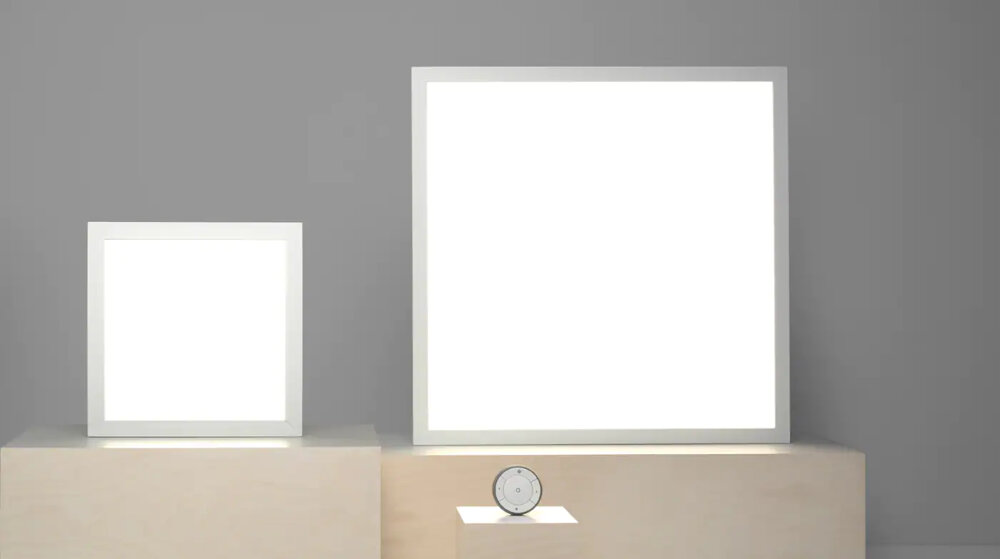
In recent years, there has been an increased interest in using LED lights to improve sleep hygiene. LED lights are a popular choice for lighting as they are energy-efficient and long-lasting, but they also have the added benefit of being able to adjust their color temperature. This means that they can emit different colors of light, which can have a significant impact on our sleep patterns. Research has shown that exposure to blue light, which is emitted by many electronic devices, can suppress the production of melatonin, a hormone that regulates sleep. This can lead to difficulty falling asleep and staying asleep. By using LED lights that emit warmer colors, such as yellows and oranges, we can reduce our exposure to blue light and promote the production of melatonin, leading to a more restful sleep. Additionally, dimming LED lights in the evening can also help signal to our bodies that it is time to wind down and prepare for sleep. Overall, incorporating LED lights into our sleep routine can be a simple and effective way to improve our sleep hygiene and promote better rest.
In addition to using LED lights with the right color temperature and brightness, there are other ways to improve sleep hygiene. Creating a bedtime routine can help signal to your body that it’s time to wind down and prepare for sleep. This could include activities such as reading a book, taking a warm bath, or practicing relaxation techniques like meditation or deep breathing exercises. Reducing exposure to screens, particularly in the hours leading up to bedtime, can also be helpful as the blue light emitted by electronic devices can disrupt our natural sleep-wake cycle. Instead, consider engaging in calming activities such as listening to soothing music or practicing gentle yoga poses to promote a restful night’s sleep.
LED lights can be an effective tool in improving sleep quality when used in conjunction with other strategies. By choosing the right LED light colors, such as warm white or amber, it can help to stimulate the production of melatonin, the hormone that regulates sleep. Additionally, LED lights that have adjustable brightness and color temperature can be used to create a relaxing and calming environment in the bedroom. This can help to reduce stress and promote a restful night’s sleep. Using LED lights in conjunction with other sleep-promoting strategies, such as establishing a regular sleep schedule and limiting screen time before bed, can greatly improve overall sleep quality and contribute to better physical and mental health.
Choosing the Right LED Light for You
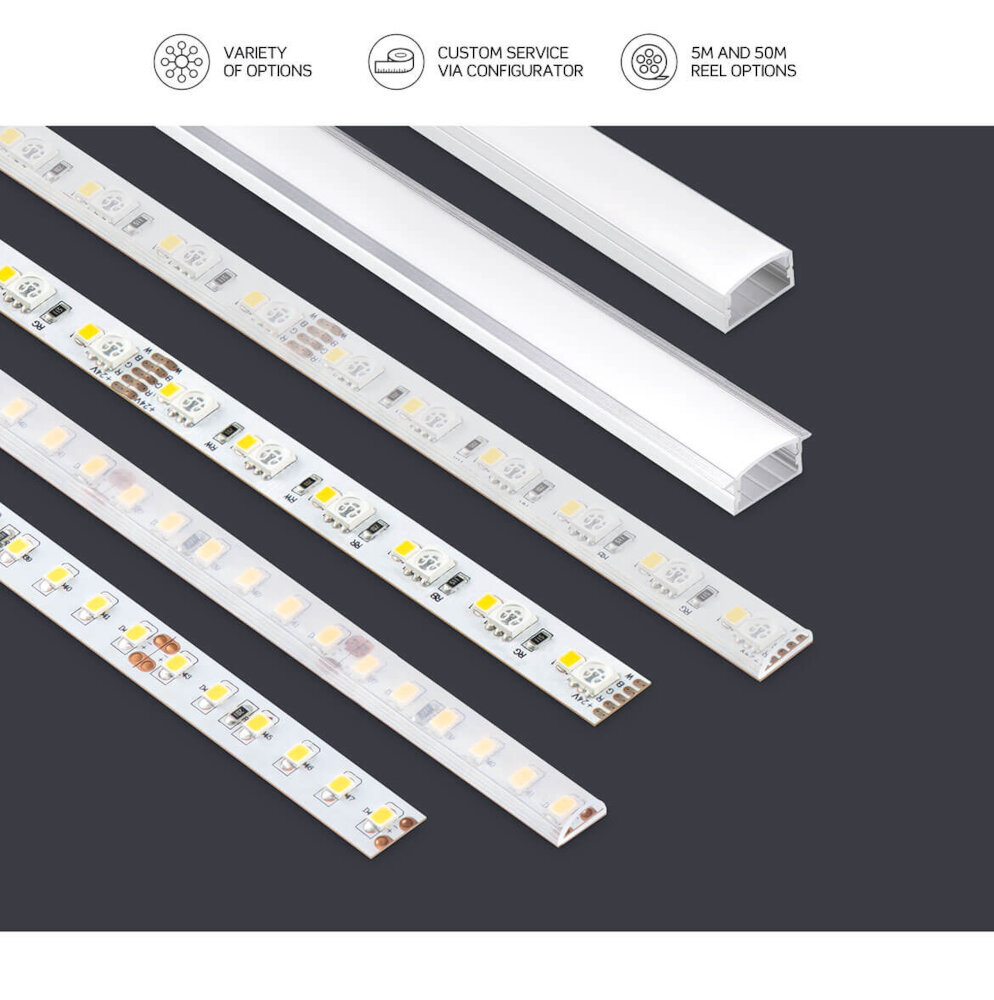
When it comes to choosing the right LED light for your needs, there are a few factors to consider. One of the most important factors is the color temperature of the LED light. Color temperature is measured in Kelvin (K) and it refers to the warmth or coolness of the light. Generally, LED lights with a higher color temperature (over 5000K) emit a cooler, bluer light that is ideal for task lighting or work environments. On the other hand, LED lights with a lower color temperature (2700-3000K) emit a warmer, yellower light that is ideal for creating a cozy and relaxing atmosphere in your home. Another important factor to consider when choosing the right LED light is the brightness or lumens. Lumens refer to the amount of light emitted by the LED light and it is measured in lumens (lm). For instance, if you want to use LED lights in your bedroom, you may want to choose LED lights with a lower lumens rating (between 200-400 lumens) to create a relaxing ambiance. However, if you need LED lights for your workspace or reading area, you may want to choose LED lights with a higher lumens rating (between 450-800 lumens) to improve visibility and reduce eye strain. Overall, by considering color temperature and lumens, you can choose the right LED light for your specific needs and preferences.
There are several types of LED lights available on the market, each with its unique features. The most common types include warm white, cool white, and daylight LED lights. Warm white LED lights have a yellowish hue that creates a cozy and relaxing atmosphere, making them ideal for use in bedrooms. Cool white LED lights have a bluish-white hue that creates a bright and refreshing atmosphere, making them ideal for use in kitchens and bathrooms. Daylight LED lights have a natural light tone that mimics the color of the sun, making them ideal for use in areas where natural light is limited. Additionally, some LED lights come with dimmable features, allowing you to adjust the brightness levels to suit your preferences.
Selecting the best LED light for your sleep needs and preferences can be a daunting task, as it involves various factors. Firstly, you should consider the color temperature of the LED light, which ranges from warm to cool. Warm light has a yellowish hue that promotes relaxation, while cool light has a bluish hue that energizes the body. Secondly, you should look for an LED light that has a dimming feature, as it allows you to adjust the brightness to your liking. Thirdly, you should opt for an LED light that has a low blue light emission, as blue light can disrupt your sleep-wake cycle. Lastly, you should consider the size and shape of the LED light, as it should fit your bedside table or wall mount. By considering these factors, you can select the best LED light for your sleep needs and preferences, and improve your sleep quality.
Sleep is vital for our physical and mental health. It is a restorative process that allows our bodies to repair and regenerate. However, with the increasing use of electronic devices in our daily lives, our sleep quality has been significantly affected. The blue light emitted from these devices suppresses the production of melatonin, a hormone that regulates sleep. This is where LED light comes in. By using LED light bulbs with warm color temperatures, such as yellow or amber, we can mimic the natural light of the sun and promote the production of melatonin. This can help us fall asleep faster and improve the overall quality of our sleep. In addition, LED lights are energy efficient and long-lasting, making them a sustainable option for improving our sleep hygiene.
When it comes to selecting and using LED lights for better sleep, there are a few key recommendations to keep in mind. First and foremost, it’s important to choose LED lights that emit a warm, soft white light rather than a cool, blue-toned light. This is because blue light can disrupt our natural sleep cycles and make it harder to fall asleep at night. Additionally, it’s important to consider the brightness of your LED lights and to avoid using overly bright lights in your bedroom. Finally, consider using dimmer switches or smart lighting systems that allow you to adjust the brightness and color temperature of your lights throughout the day and night. By following these recommendations, you can create a sleep-friendly environment that promotes relaxation and restful sleep.
Conclusion
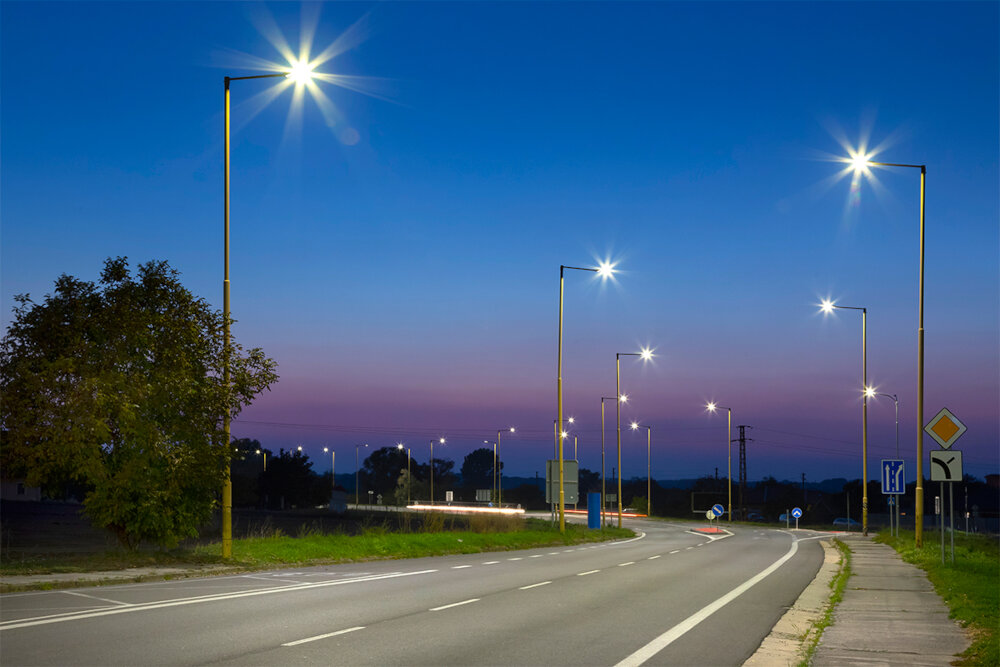
In conclusion, the impact of LED light colors on sleep cannot be overstated. By choosing the right color temperature and intensity, one can significantly improve the quality of their sleep. Whether it is warm-toned lights for a relaxing and calming effect or cool-toned lights for increased alertness and focus, it is essential to consider the role of light in promoting a healthy sleep routine. As recommended by experts, using dimmer switches, avoiding blue light exposure before bedtime, and incorporating smart lighting solutions can help optimize sleep quality. By incorporating these strategies, individuals can achieve a more restful and rejuvenating sleep, ultimately leading to better overall health and wellbeing.

